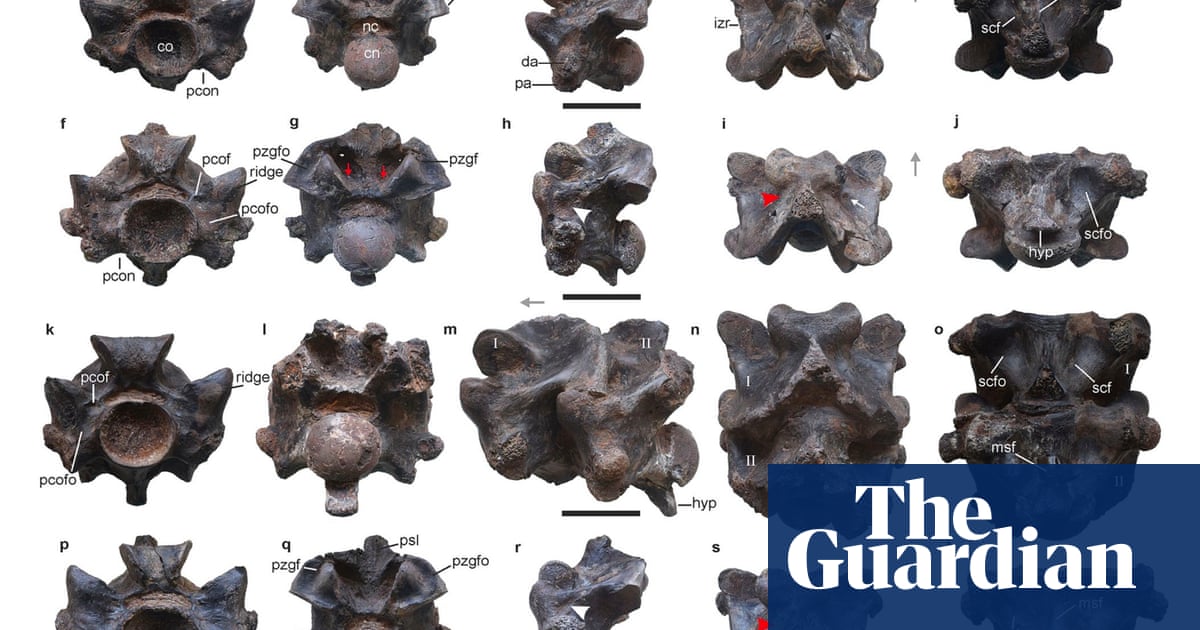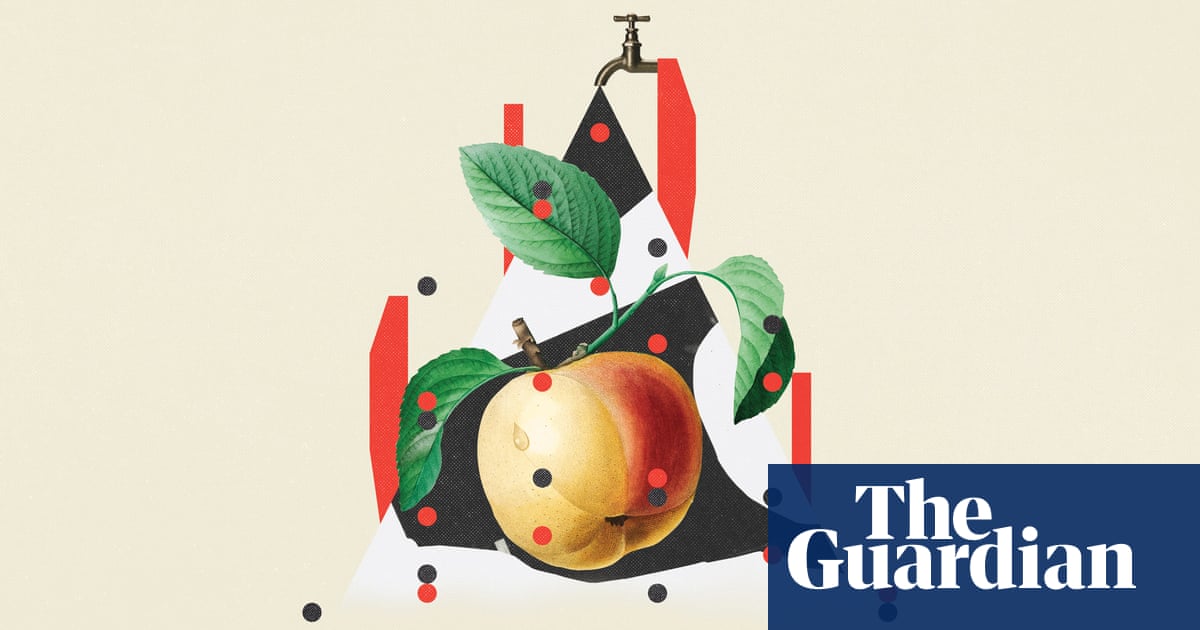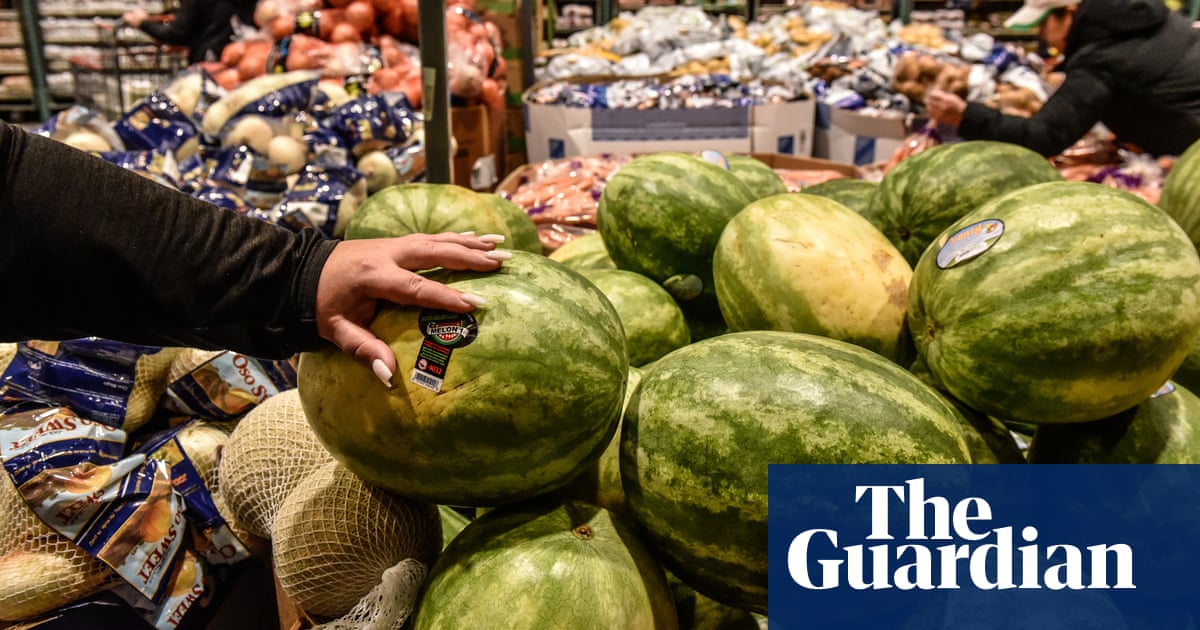Fossil vertebrae unearthed in a mine in western India are the remains of one of the largest snakes that ever lived, a monster estimated at up to 15 metres in length â longer than a T rex.
Scientists have recovered 27 vertebrae from the snake, including a few still in the same position as they would have been when the reptile was alive. They said the snake, which they named Vasuki indicus, would have looked like a large python and would not have been venomous.
The lignite mine where the fossil was found is located in Panandhro, in the western state of Gujarat.
âConsidering its large size, Vasuki was a slow-moving ambush predator that would subdue its prey through constriction like anacondas and pythons. This snake lived in a marshy swamp near the coast at a time when global temperatures were higher than today,â said Debajit Datta, a postdoctoral researcher in palaeontology at the Indian Institute of Technology Roorkee and the lead author of the study, published in the journal Scientific Reports on Thursday.
Because of the incomplete nature of the Vasuki remains, the researchers gave an estimated length range of 11-15 metres and 1 tonne in weight.
Vasuki, named after the snake king associated with the Hindu deity Shiva, rivals in size another huge prehistoric snake called Titanoboa, whose fossils were discovered in a coalmine in northern Colombia in 2009. Titanoboa, estimated at 13 metres long and more than 1 tonne, lived between 58m and 60m years ago. The largest living snake today is Asiaâs reticulated python at 10 metres.
âThe estimated body length of Vasuki is comparable to that of Titanoboa, although the vertebrae of Titanoboa are slightly larger than those of Vasuki. However, at this point, we cannot say if Vasuki was more massive or slender compared to Titanoboa,â said Sunil Bajpai, a palaeontologist, professor at Roorkee and the studyâs co-author.
These huge snakes lived during the Cenozoic era, which began after the dinosaur age ended 66m years ago.
The biggest Vasuki vertebra was about 11cm (4in) wide. Vasuki appears to have had a broad, cylindrical body perhaps around 44cm wide. The skull was not found.
âVasuki was a majestic animal,â Datta said. âIt may well have been a gentle giant, resting its head on a high porch formed by coiling its massive body for most parts of the day or moving sluggishly through the swamp like an endless train.â
The researchers are unsure what prey Vasuki ate, but considering its size it could have included crocodilians. Other fossils found in the area included crocodilians and turtles, as well as fish and two primitive whales, Kutchicetus and Andrewsiphius.
Vasuki was a member of the madtsoiidae snake family that appeared roughly 90m years ago but went extinct about 12,000 years ago. These snakes spread from India through southern Eurasia and into north Africa after the Indian subcontinent collided with Eurasia about 50m years ago, Bajpai said.
This was a dominant snake family during the dinosaur ageâs late stages and into the early Cenozoic before its diversity dropped, he added.
âSnakes are amazing creatures that often leave us stunned because of their size, agility and deadliness,â Datta said. âPeople are scared of them as some snakes are venomous and have a fatal bite. But snakes perhaps attack people out of fear rather than with an intent to attack. I believe snakes, like most animals, are peaceful creatures, and an important component of our ecosystem.â



